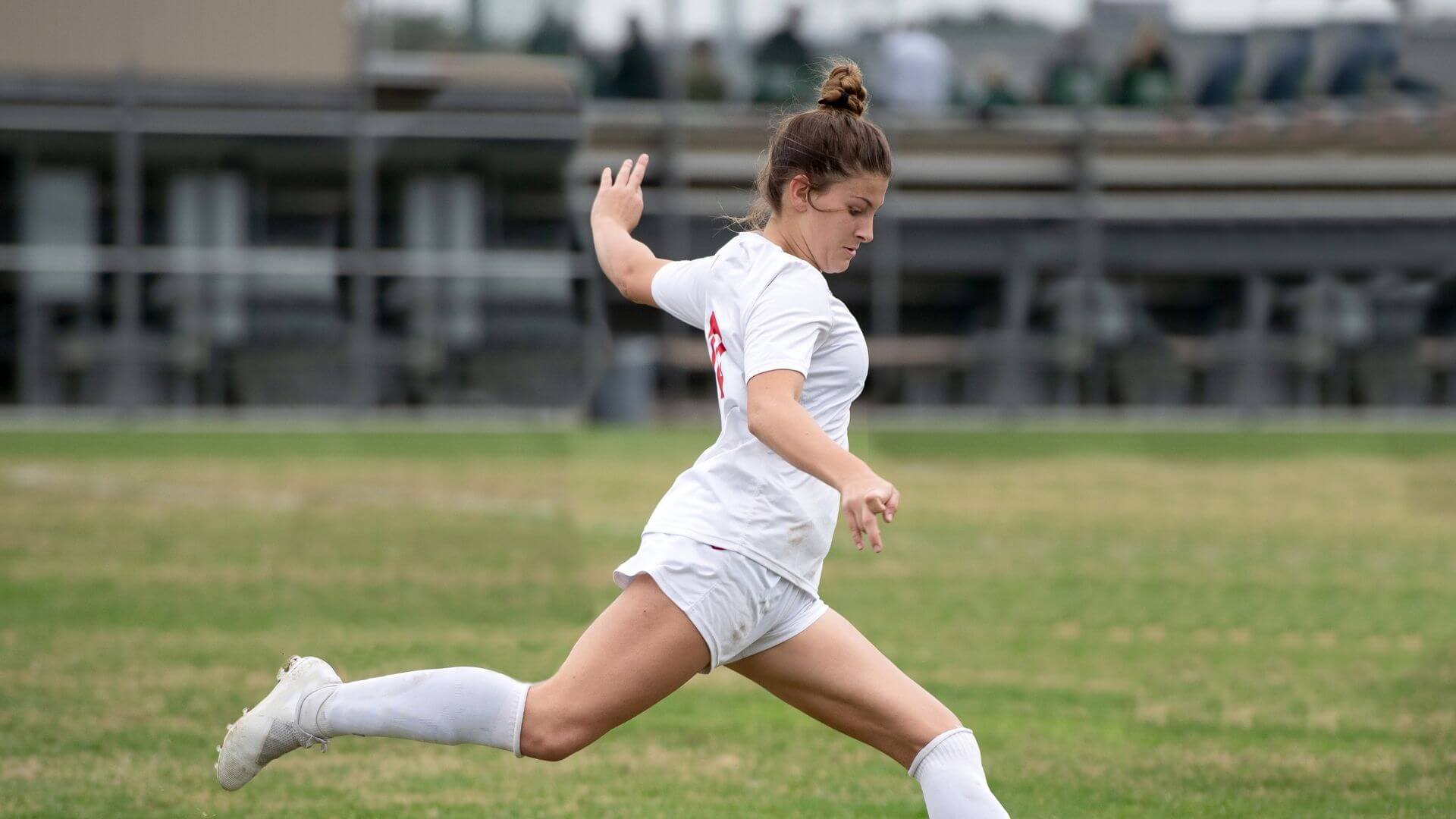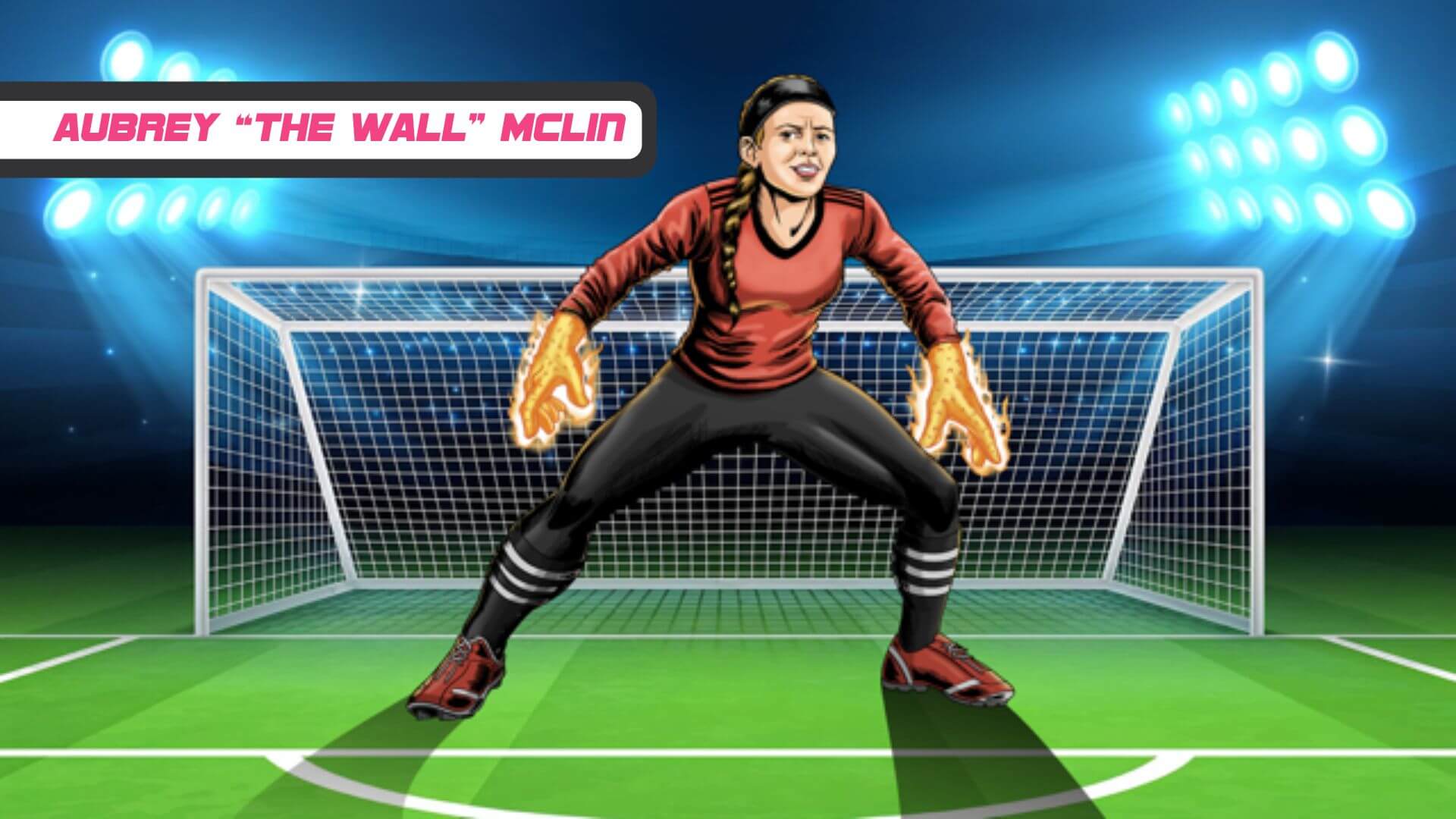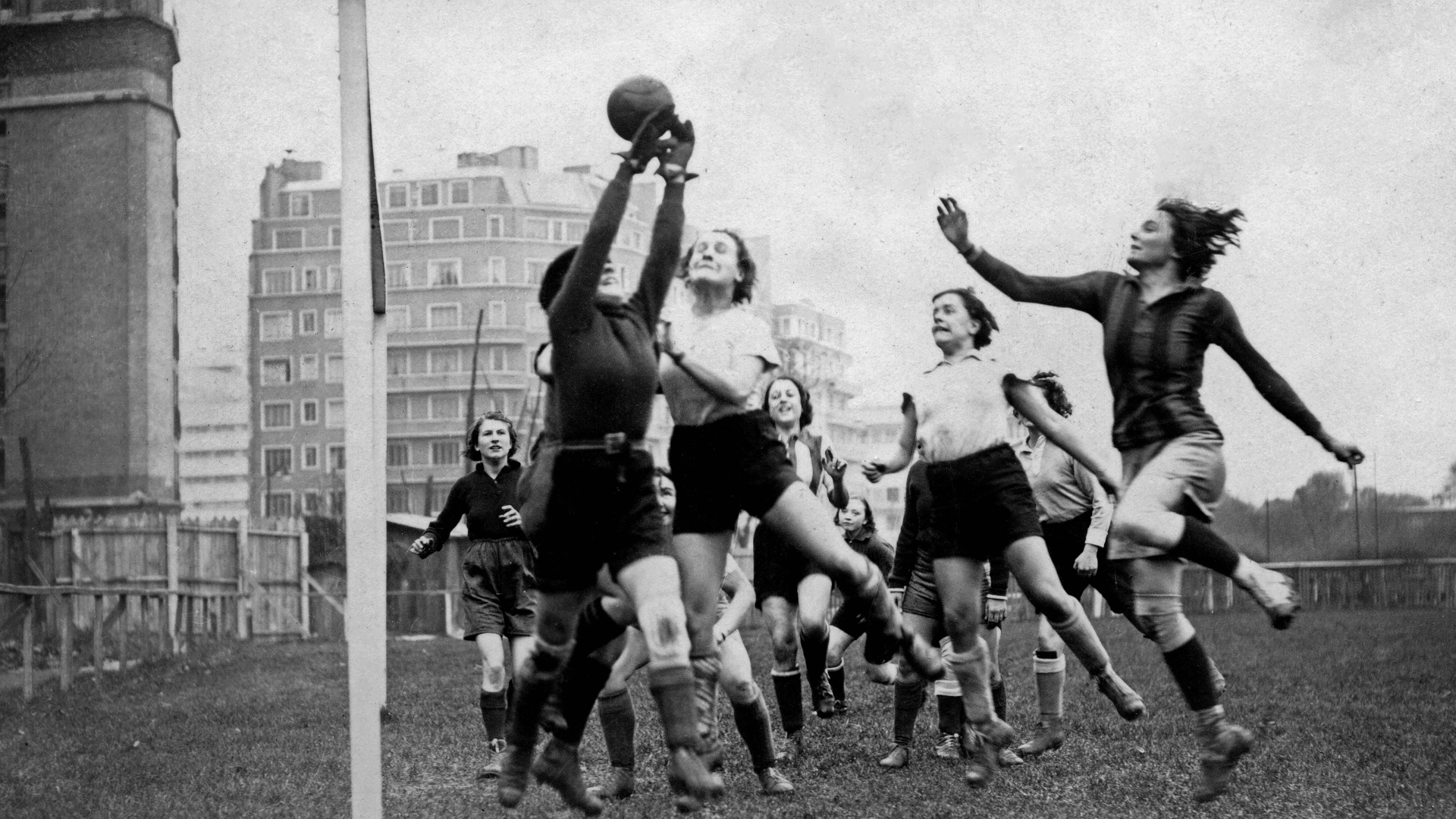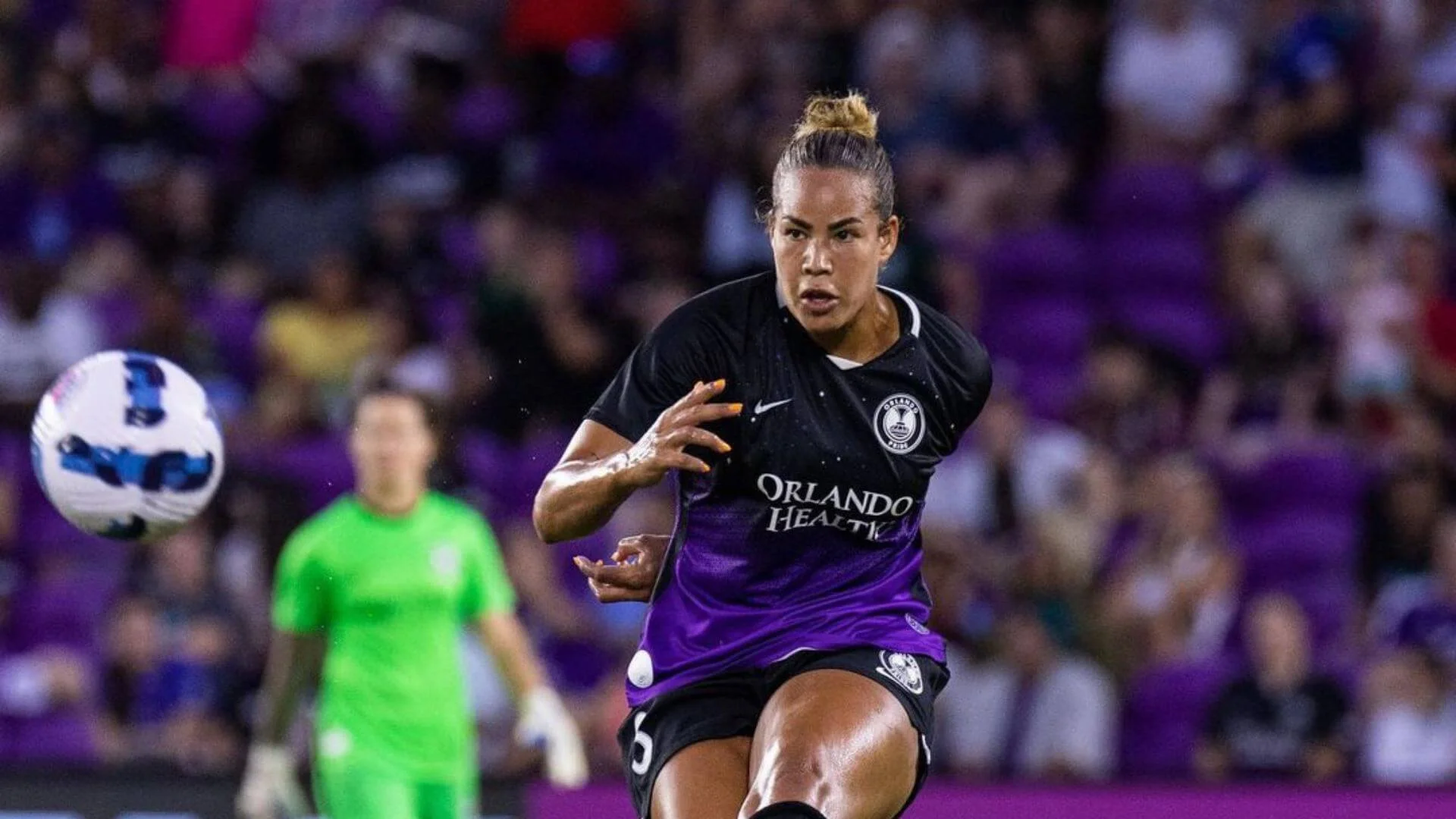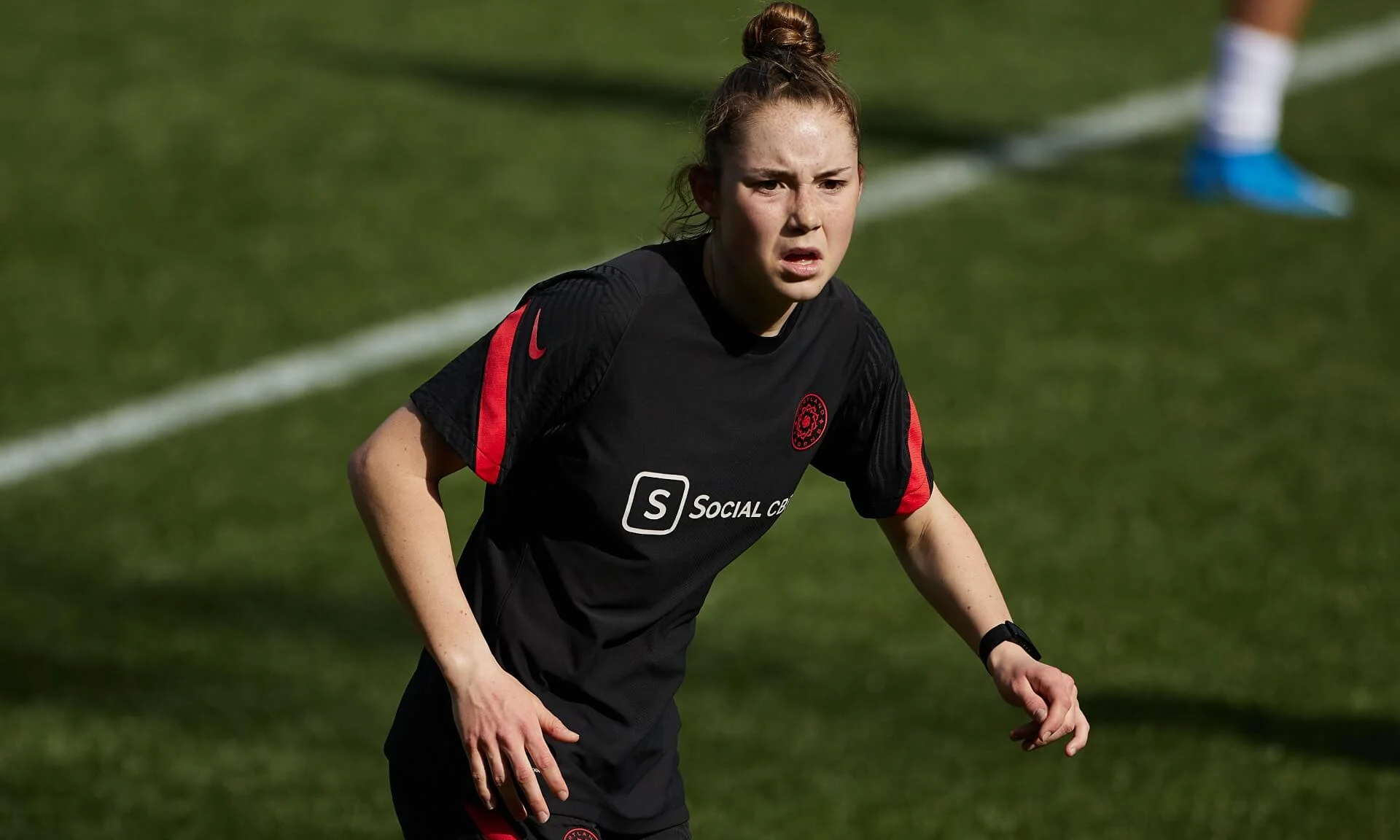What It Costs To Play Club Soccer In America
The United States’ “pay-to-play” model gets criticized and debated quite a bit – and for good reason. While some of the biggest names in soccer agree that the pay-to-play model needs to change, any sweeping developments to make soccer more inclusive are likely a long way off. In the meantime, families all across America will continue to shell out exorbitant amounts of money so their kids can play soccer. But how much money are they paying exactly?
Parents pay thousands every year for club soccer
Time reports that the average family will pay $1,472 per child that plays youth soccer. However, that’s on the very low end. When you start looking into more elite clubs, that number soars to over $10,000. It’s no wonder that critics of this system, Briana Scurry and Hope Solo among them, claim the pay-to-play system excludes children from lower-income families from playing soccer in America.
Where does all that money go?
For families with multiple children that play soccer, the fees can add up quickly. According to a case study by Money.com, families can pay around $330 per month in membership fees and $1,050 per year in registration fees per child that plays. That alone is nearly $10,000 for a family with two kids playing club soccer. While that seems like an outrageous number, when you consider that some of that money goes to keeping the club running, paying staff and coaches, and getting the team in tournaments, it becomes more understandable. Unfortunately, those fees aren’t where the cost of soccer ends.
There are invisible costs to playing soccer, too
The thousands of dollars families pay annually to soccer clubs isn’t the only way they pay for their children to play the sport. The family profiled by Money.com paid another $8,900 per year for club soccer related travel (including gas, hotels, and dinners out), gear, and private training. Altogether, that’s nearly $20,000 per year to play club soccer in America.
While not every family will pay this much, there’s certain opportunities for the kids whose parents do sign them up for the biggest clubs. The more expensive clubs are the ones that are seen by college or national team recruiters, so the children who can’t afford to play for the best teams – even if they have the skill for it – get left behind.
Feature photo via Adobe Stock @sunnybright








